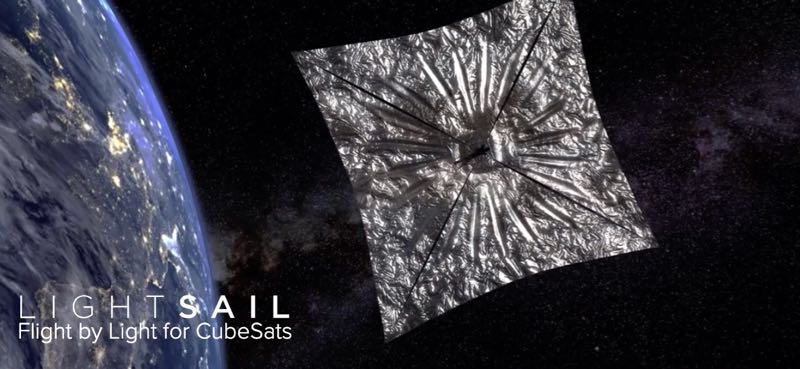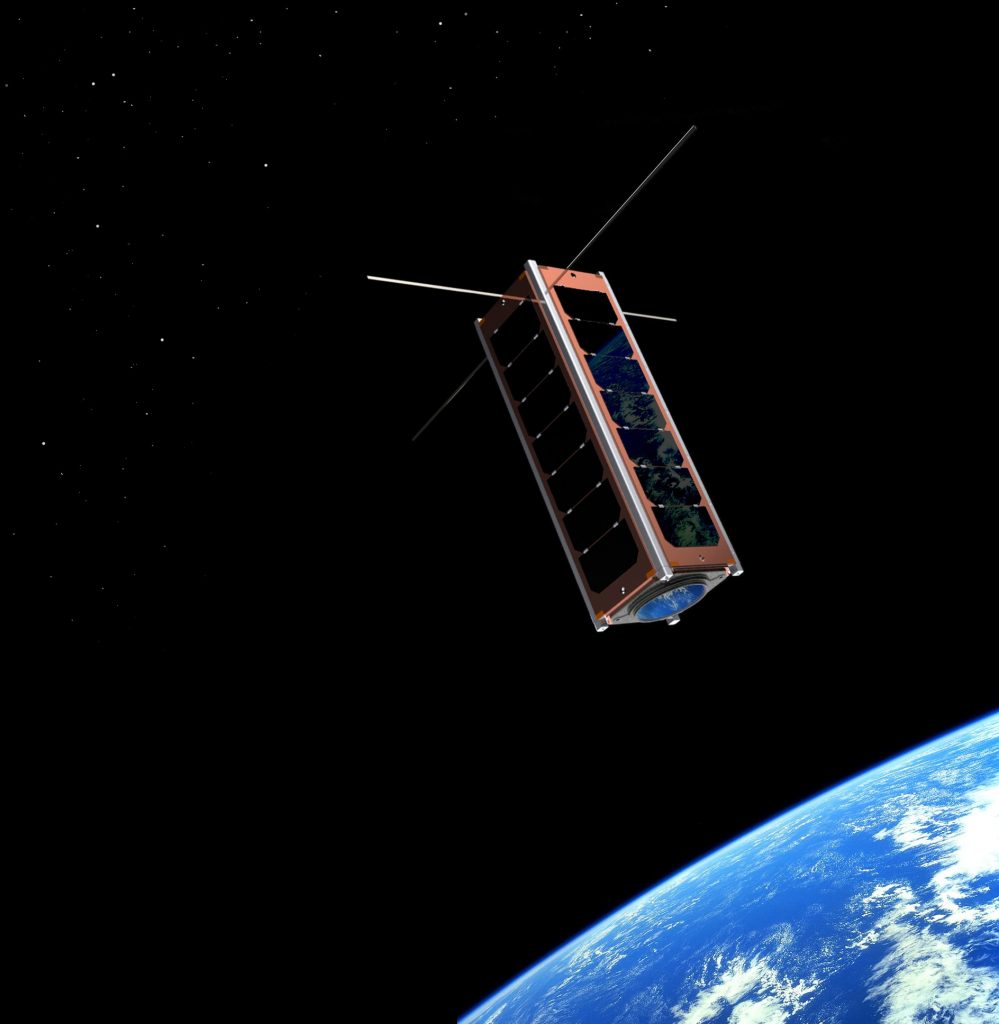
For those interested in listening for and/or tracking CubeSats, this was posted by ARRL:
CubeSat with Amateur Radio Transponder Set to Launch on February 15
AMSAT-UK and AMSAT-NL have announced that at the Nayif-1 1U CubeSat, which includes a full FUNcube communication package, is set for launch on an Indian PSLV launch vehicle on February 15 at 0358 UTC.
PSLV Flight C-37, will carry more than 100 satellites into orbit.
Nayif-1 carries a U/V linear Amateur Radio transponder for SSB and CW and a telemetry transmitter. The initial plan called for a late-2015 launch.
Nayif-1 was a joint project of the Mohammed bin Rashid Space Centre (MBRSC) and American University of Sharjah (AUS). The United Arab Emirate’s first nanosatellite, Nayif-1 was developed by Emirati engineering students from AUS under the supervision of a team of engineers and specialists from MBRSC. The partnership between the two entities was aimed at providing hands-on satellite-manufacturing experience to engineering students.
Telemetry will be transmitted on 145.940 MHz, 1.2 KB BPSK (FUNcube standard). The SSB/CW transponder uplink passband is 435.045-435.015 MHz, and the downlink passband is 145.960-145.990 MHz.
AMSAT-UK is seeking post-launch reports from stations around the world, especially during the first few minutes and hours after launch. It is anticipated that the first signals may be heard in North America during the mid-evening hours on February 14 (local time).
A mission-specific telemetry dashboard is available. Information can be found on the web in PDF format at, https://funcubetest2.files.wordpress.com/2017/02/nayif-1_dashboard_notes_release_1-0b.pdf.
In a manner similar to that of the FUNcube-1 dashboard, this one will be capable of uploading the telemetry received to a central data warehouse. More information on the telemetry dashboard is available, as is a test file.
Initial spacecraft operation will be in a low-power “safe” mode, with just the telemetry transmitter activated.
I have had some fun tracking CubeSats in the past, and it is especially fun to watch your data appear on the dashboard history. And of course you are helping the research to boot!
Robert Gulley, AK3Q, is the author of this post and a regular contributor to the SWLing Post. Robert also blogs at All Things Radio.



